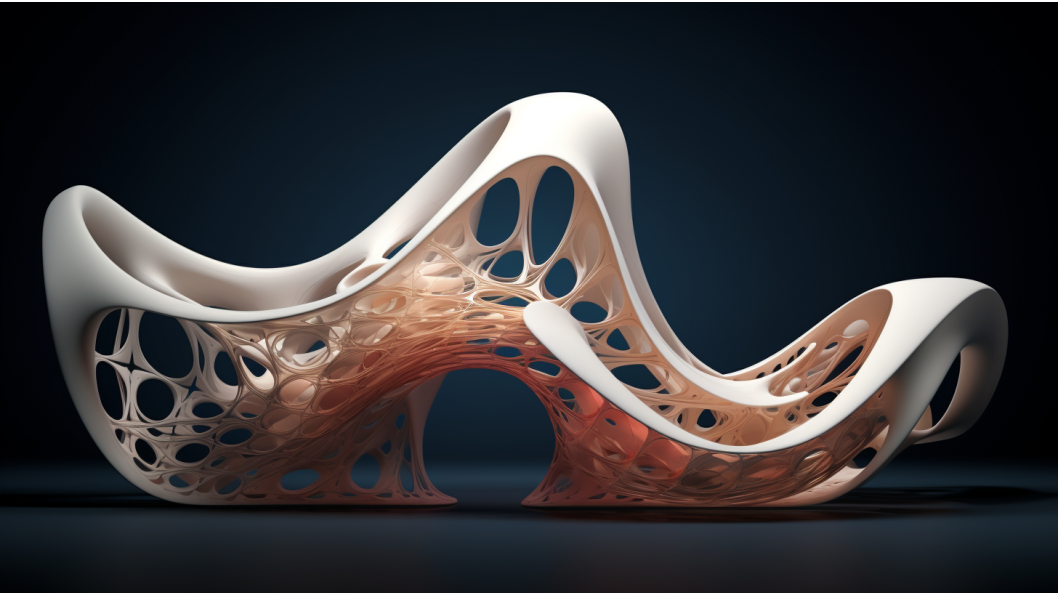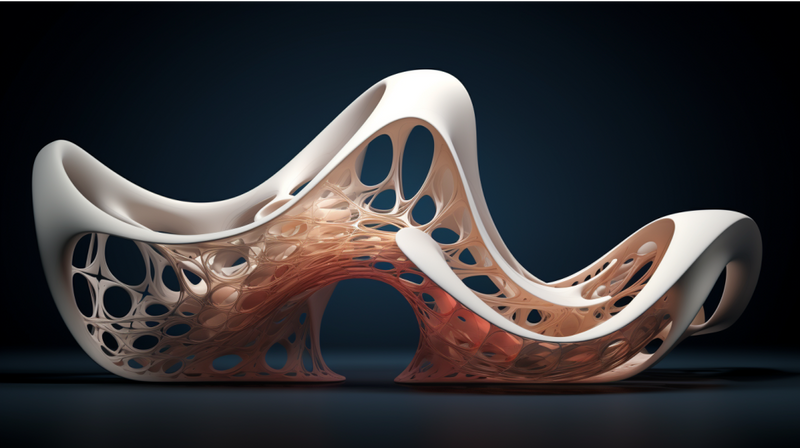In the intricate labyrinth of contemporary design, a notable metamorphosis is unfolding, giving rise to an era where Artificial Intelligence (AI) is not just an adjunct but a pivotal player in the creative process. The bridge between technological advancements and design has always been under construction, evolving to create solutions that intertwine aesthetics with functionality. Evolving parametrics in design signifies not just an adaptive methodology but a revolutionary change, paving the way towards AI-integrated design processes that embody both art and algorithm.
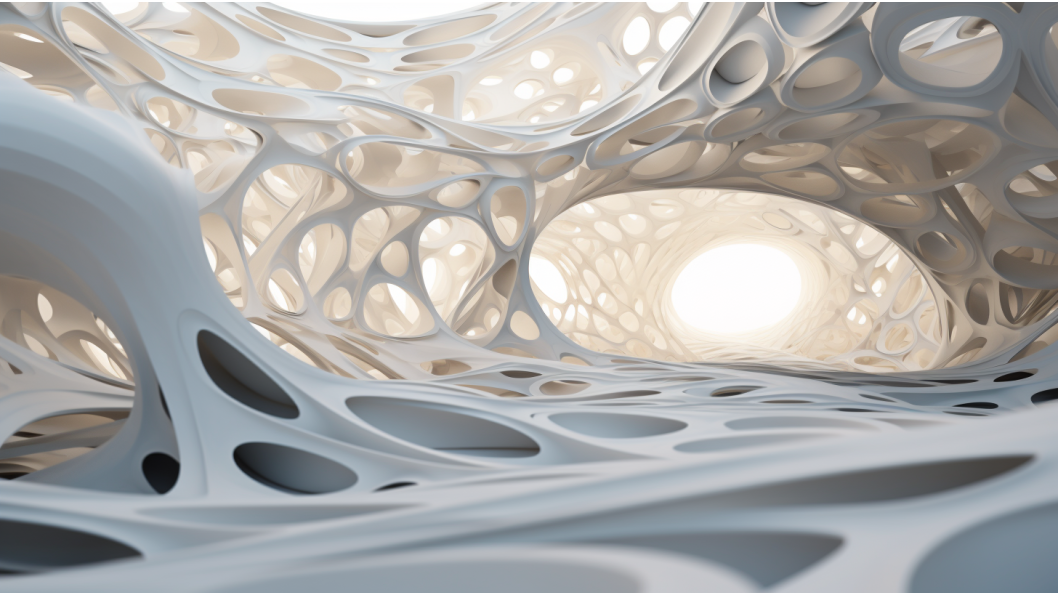
Unraveling Parametric Design
To fully appreciate the integration of AI in design processes, one must first comprehend the essence of parametric design. This approach utilizes parameters and rules to define, encode, and articulate design intent, allowing for both precision and flexibility. The intricate algorithms enable designers to manipulate dimensions and form, automating complex sequences of design variations with succinct mathematical expressions.
AI: The Catalyst of Innovative Design
The advent of AI revolutionizes parametric design by introducing learning and adaptation mechanisms that surpass mere automation. Machine Learning (ML) and AI technologies imbibe, assimilate, and learn from data, offering solutions that are not rigidly coded or predefined. AI can evaluate numerous permutations and combinations in design parameters, thereby propelling innovative outcomes that may transcend human ingenuity.
Automating Repetitive Tasks:
AI algorithms can significantly reduce the time spent on mundane, repetitive tasks, such as data management and preliminary design drafts, redirecting the designer’s focus towards more intricate and nuanced aspects of the design process.
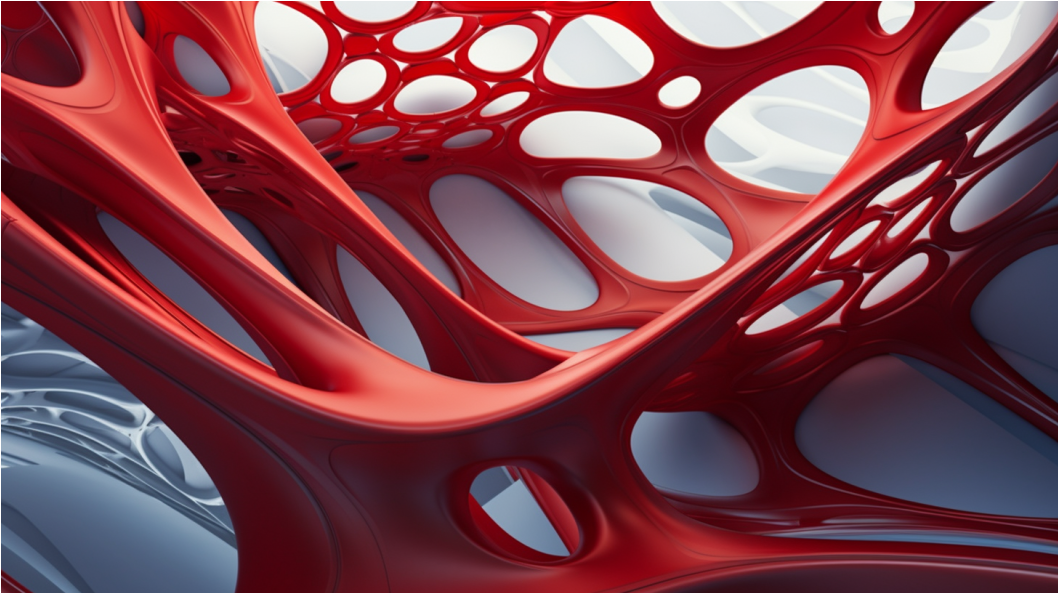
Data-Driven Design Decisions:
Through analyzing historical and real-time data, AI provides insightful analytics that guide designers towards creating more informed, data-driven decisions, thereby heightening the efficacy and impact of their designs.
Enhancing Customization:
AI facilitates an unprecedented level of customization, allowing designs to be more personally tailored to individual client needs and preferences by processing and analyzing client-specific data.
Optimizing Resource Management:
AI-integrated design tools can optimize material utilization and project timelines through predictive analytics and intelligent planning, ensuring sustainable and efficient design practices.
Convergence of Creativity and Computation
The melding of AI with design processes unearths a myriad of possibilities, opening avenues where creativity is not stifled but amplified through computational intelligence. This symbiosis catalyzes an environment where designs are not only visually compelling but also intricately intelligent, embodying the nuanced interplay of form, function, and futuristic foresight.
Consider the realm of architectural design, where AI algorithms can analyze multiple variables like climatic conditions, material costs, and urban constraints to generate designs that are not only aesthetically pleasing but also environmentally sustainable and economically viable.
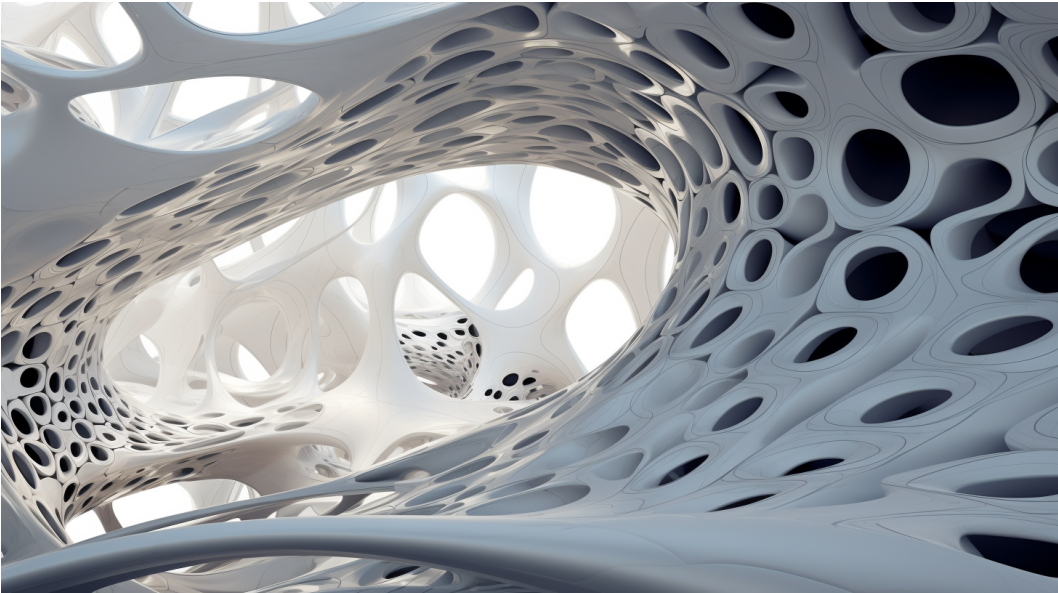
Challenges and Ethical Considerations
While the amalgamation of AI and design fosters innovation, it simultaneously presents challenges and ethical dilemmas. The questions related to data privacy, intellectual property rights, and the potential diminishment of human roles in the creative industry require meticulous exploration and thoughtful dialogue. It is imperative to establish frameworks that ensure ethical practices, safeguarding both the integrity of design and societal norms.
A Future Envisaged
The entwinement of AI into the design paradigm is not a mere trend but a foundational shift towards creating a future where technology and creativity coalesce into a seamless entity. This evolution prompts a future where designers are not superseded by algorithms but are empowered by them, propelling the design domain into uncharted territories of innovation, functionality, and aesthetic brilliance.
As we thread through the path of integrating AI into the parametric design, the essence lies not in viewing technology as a replacement but as a collaborator, amplifying human potential and unlocking possibilities beyond the conventional boundaries of imagination and capability.
The unfolding chapters of evolving parametrics and AI-integrated design processes invite us to reimagine, rethink, and rekindle our understanding of design in the digitized era, cultivating a future that is concurrently intelligent, inventive, and inherently human.
